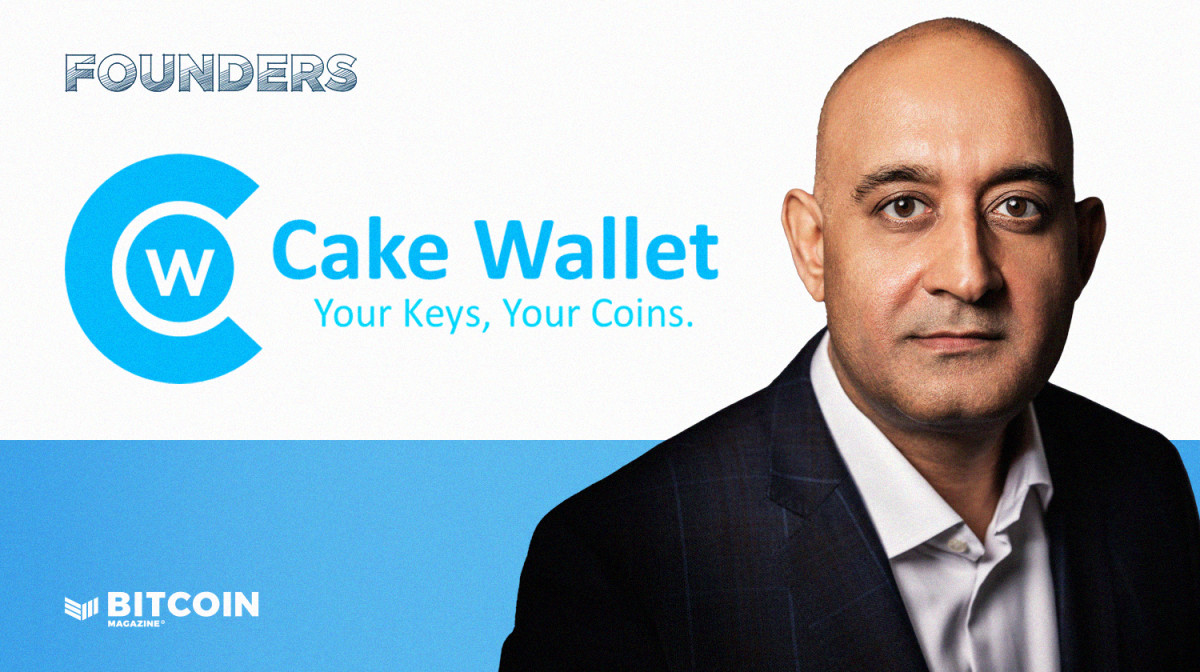The global financial system is not serving all people equally. An estimated 1.4 billion adults remain unbanked according to the World Bank. This is to say that they cannot access even the simplest of banking services, like loans or savings accounts.
For most, financial exclusion isn’t just a matter of inconvenience; it’s life-changing. Inflation, a lack of documentation, and rigid banking systems create cycles they cannot seem to break. Bitcoin-backed credit might offer a lifeline.
What is Bitcoin-Backed Credit?
Bitcoin-backed credit enables people to use their Bitcoin holdings as collateral in loans. Like other regular loans, it requires no credit scores or much paperwork; rather, here’s how it works:
- Borrower pledges Bitcoin as collateral.
- Lender provides liquidity in fiat or stablecoins.
- If the borrower fails to repay, collateral is liquidated.
This model ensures simplicity and accessibility. Borrowers retain ownership of their Bitcoin while accessing cash or stablecoin liquidity. Platforms like BlockFi, Nexo, and Celsius have popularized this system.
Benefits of Bitcoin-Backed Credit
Bitcoin-backed credit addresses many of the shortcomings of traditional finance. Here are its key advantages:
- No credit checks.
Loans are based on collateral value, not credit history. This opens the door to millions without banking access. - Protection against inflation.
Borrowers can secure loans in stable currencies while avoiding the devaluation of local fiat. - Preservation of Bitcoin holdings.
Loans allow users to access liquidity without selling their Bitcoin, keeping them exposed to potential price growth. - Global accessibility.
These platforms are accessible to anyone with Bitcoin, regardless of location or citizenship.
Feature | Traditional Loans | Bitcoin-Backed Credit |
Credit Check | Required | Not needed |
Collateral Options | Limited | Bitcoin |
Accessibility | Restricted by location | Global |
Inflation Hedge | None | Yes |
Risks of Bitcoin-Backed Credit
Despite its benefits, Bitcoin-backed credit carries significant risks.
- Price volatility.
Bitcoin’s price can drop suddenly, triggering margin calls. Borrowers may lose their collateral if they cannot add more Bitcoin. - Regulatory challenges.
Government oversight, like the EU’s MiCA framework, may impose stringent requirements on these platforms. - Wealth concentration.
Wealthier crypto holders, or “whales,” benefit the most, potentially leaving small-scale users excluded. - Centralized influence.
Traditional financial institutions are entering the space, which may compromise Bitcoin’s decentralized ethos.
Real-World Impact and Limitations
Bitcoin-backed credit has shown its potential to change lives. In Argentina, where inflation exceeds 120%, residents can hedge against currency devaluation. In Lebanon, where the banking system has collapsed, Bitcoin-backed loans offer a lifeline.
However, success stories are mixed with cautionary tales. Many borrowers have lost their Bitcoin during market downturns, particularly during the 2022 crash. Others face barriers due to know-your-customer (KYC) requirements, which limit access for those without proper documentation.
The Path Forward
For Bitcoin-backed credit to thrive, it must balance innovation with inclusivity. Decentralized platforms like Aave and Sovryn offer promising alternatives. These systems use smart contracts to eliminate any intermediaries, thus ensuring greater transparency. Decentralization might introduce its own challenges with security risks and regulatory uncertainty.
The future of Bitcoin-backed credit depends on its capability for remaining accessible and in tune with the grounds of decentralization. It could either democratize finance or become another tool of exclusion. The challenge lies in ensuring this innovative system stays true to its roots while adapting to the changing financial landscape.
Remember, investing in cryptocurrencies involves risks, and it’s important to conduct thorough research and seek professional advice before making any financial decisions. (Please keep in mind that this post is solely for informative purposes and should not be construed as financial or investment advice.)

















 English (US) ·
English (US) ·